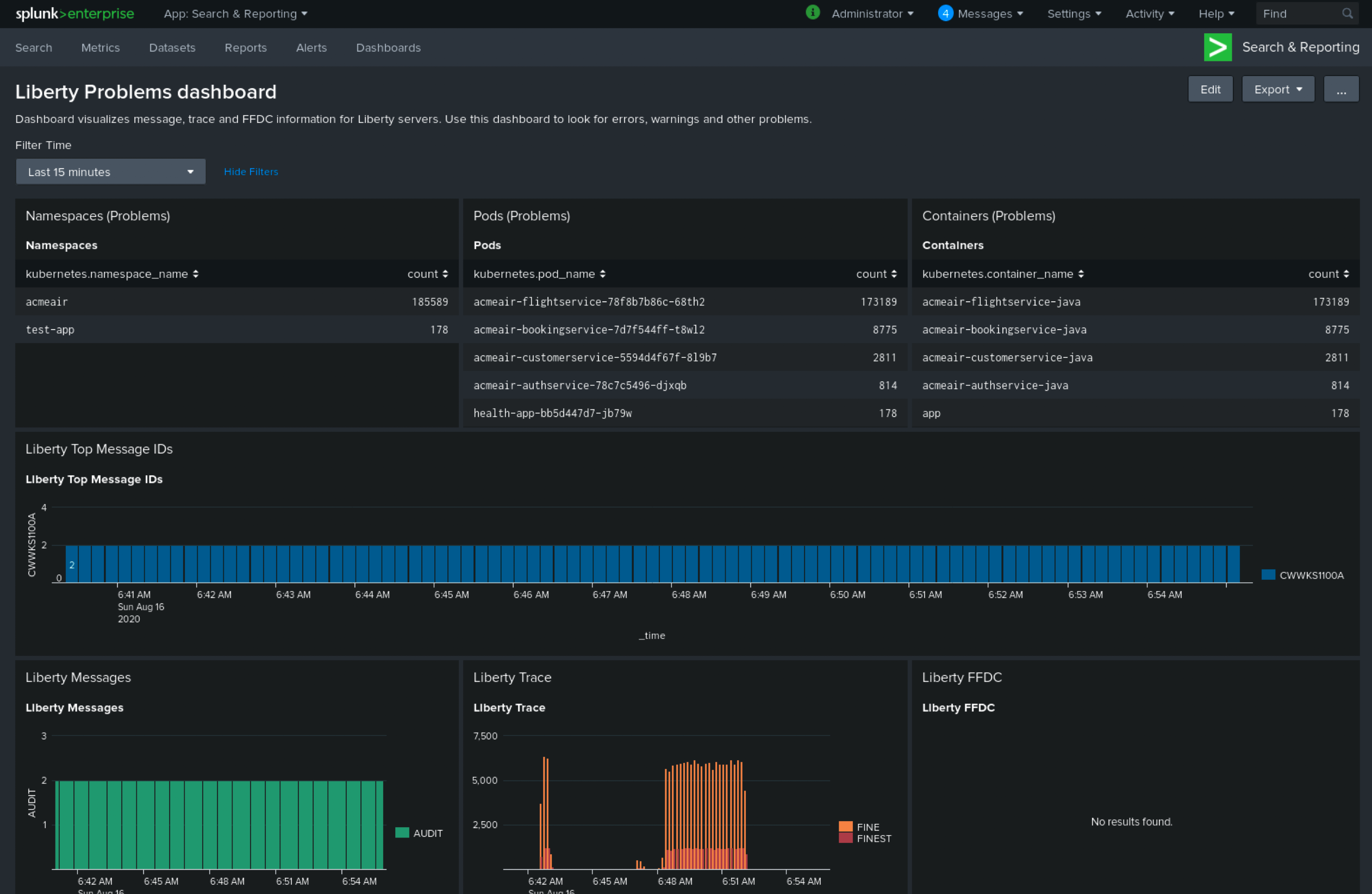

If you would like to specify which color should be used for which field, you will add an option called "fieldColors": If you are just specifying a palette of colors, you will add an option called "seriesColors": You can specify a palette of colors, or you can specify which color should be used for which field. You also have a selection of predefined color palettes you can choose from.įor the remainder of the visualizations, such as area charts or bar charts, you can specify the colors you want to use in the source code. For Single Value, Table, and custom Choropleth SVGs, you can specify the HEX colors you want to use in the UI.
SPLUNK OSQUERY DASHBOARD CODE
In Dashboard Studio, you can now adjust your chart's colors, either through the UI or in the source code (in which case, we are working on UI!). This means Grid layout is a great option when you just need to quickly create neat dashboards. Grid layout provides snap-to alignment and automatic resizing when you move visualizations around. This is great when you need pixel perfect placement or layering objects on top of each other. You can think of Absolute layout like a free-form canvas where you can place visual objects wherever you would like. Customize the Dashboard Layoutĭashboard Studio comes with two layout options that give you a lot of flexibility when it comes to customizing how your visualizations are displayed: Absolute and Grid. However, now with Dashboard Studio, included in all releases starting with Splunk Cloud Platform and Splunk Enterprise 8.2, many of your dashboard customization needs are possible out-of-the-box as native capabilities! Let's look at a few examples.
SPLUNK OSQUERY DASHBOARD MANUAL
If you choose to continue to use HTML Dashboards, they may require manual updates if they break between upgrades. Additionally, as of Splunk Cloud and Splunk Enterprise 8.2, HTML Dashboards are deprecated. HTML dashboards have the additional drawback of not being able to use the editor UI or schedule for email delivery. Implement and maintain your own custom extension of Simple XML using custom JS or custom CSSīoth options have the drawbacks of requiring custom development and the overhead of maintaining the dashboards, especially if they break between Splunk versions.

In order to add background images, customize the layout of visualizations, add text boxes for static information, or change chart colors, you have two options: That's because it's not easy to customize Classic Simple XML dashboards. If you look through Splunk Answers, our community forum, you will find nearly 500 questions about customizing Splunk Dashboards. Dashboard Studio is a dashboard-building experience that offers advanced visualization tools and fully customizable layouts to easily create visually-compelling, interactive dashboards with an intuitive UI. Yes? Great, you have come to the right place! In this blog post, we will examine common dashboard customization use cases and how they can be achieved more easily in the new Dashboard Studio than with Classic (Simple XML) or HTML dashboards. Do you wish it were easier to customize your Splunk Dashboards so they could look like this:


 0 kommentar(er)
0 kommentar(er)
